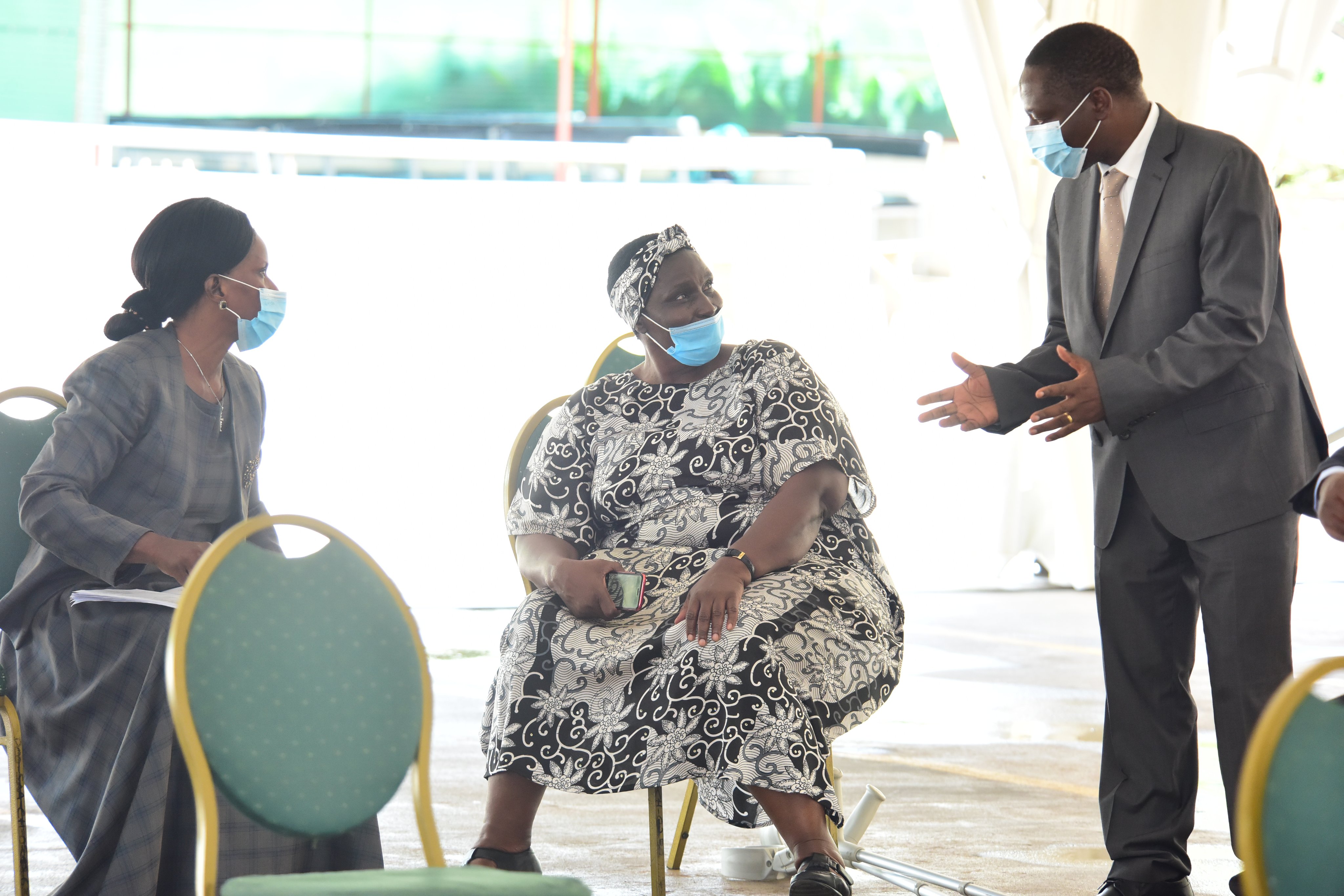The approved budget is a decrease by 714.9 billion (1.6 percent) compared to this financial year 2020/2021 budget. According to Parliament’s Budget Committee Chairperson Amos Lugoloobi, the decrease is mainly attributed to a projected decrease of 2.42 trillion Shillings, in external financing for project support.
Only 860 billion Shillings is expected from Non- Tax Revenue (NTR) sources and 940.4 billion Shillings from Appropriation in Aid. The budget will also be financed by resources from, Domestic Financing 11.48 trillion, external borrowing consists of 9.010 trillion, grants 1.44 trillion Shillings and others.
“It should be observed that 200 billion Shillings will be drawn from the Petroleum Fund to specifically finance oil road infrastructure during financial year 2021 /2022. Domestic and External Financing will constitute 76.7 percent and 23.3 percent of the total resource envelope, respectively,” Lugoloobi explains.
The budget allocations for the financial year 2021/2022 have been structured along the programme approach premised on the 18 development programmes highlighted in the third National Development Plan (NDP III).
The government has maintained the theme for the budget is Industrialization for Inclusive Growth, Employment and Wealth Creation. It is centered on policy interventions required to sustain recovery from the socio-economic setbacks caused by Covid-19 pandemic as well as harness the opportunities that come along, and the Third National Development Plan Strategic objectives.
Out of the 44.7 trillion Shillings budget, 12.66 trillion Shillings is Recurrent and Development expenditure is 14.59 trillion while 17.15 trillion is statutory expenditure charged directly on the Consolidated Fund.
Programme Allocations
Lugoloobi reveals that the largest share of resources is towards debt-related payments (inclusive of domestic arrears) at 15.1 1 trillion (38 percent). This is followed by Governance and Security at 6.7 trillion (15.57 per cent), Human Capital Development 7.59 trillion (16.97 per cent), and Integrated Transport Infrastructure and Services at 5.02 trillion (11.2 per cent).
The other programme allocations are Agro- Industrialization 1.68 trillion, Regional Development 1.24 trillion and others.
Some of the least funded programmes are Tourism development 178.9 billion, Sustainable Development of Petroleum Resources 106.4 billion, Community Mobilisation and Mindset Change 56.9 billion, Manufacturing 54.4 billion, Mineral Development 49 billion and others.
Taxes
Some of the taxes approved by parliament for the next financial year from which government will finance the budget are excise duty of 12 per cent of fees for internet data excepting data for provision of medical and education services, 100 Shillings tax increase on each litre of petrol and diesel expected to fetch 196 billion, 8 per cent levy on fish maw exports and others.
The others are a 5 per cent levy and 10 per cent levy on processed gold and unprocessed minerals respectively, 25 Percent tax on income for owners of rental premises, USD 0.8 levy per kilogram of leaf tobacco exported 30 per cent rental tax on commercial buildings, 5 per cent excise duty on plastic packaging and others.
Muwanga Kivumbi, the Butambala County MP in a minority report jointly authored by Dokolo Woman MP Cecilia Ogwal queried the increasing allocation to debt management. In the current financial year, 12.69 trillion was approved towards debt management and this has increased to 15.1 trillion, a difference of 2.41 trillion.
David Bahati, the Minister of State for Planning said that public debt is projected to rise to 51.9 percent of Gross Domestic Product –GDP in financial year 2021/2022 on account of borrowing to finance key infrastructure projects, especially in the transport and oil and gas sectors.
He said that the projected debt of 51.9 percent of Gross Domestic Product –GDP next year will go down in the financial year 2022/2023.
He also said that despite the negative effects of Covid-19, the economy has been resilient and is projected to grow at 4.3 percent in financial year 2021/2022. URN







